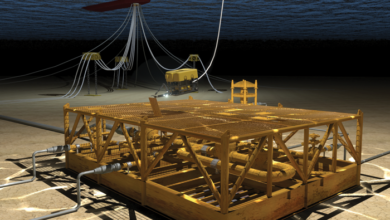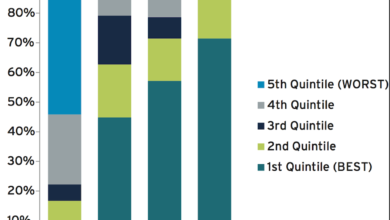Drilling Ahead: Collaboration key to RRC, BSEE interfaces
By Mike Killalea, Editor & Publisher
Collaboration with regulators and allied groups is central to IADC’s work in policy, government and regulatory affairs. You’ll read in this edition a perfect case history of this approach – IADC’s work with the Texas Railroad Commission (RRC) to improve upon the RRC’s Rule 13. Rule 13 is the result of adopting the new API Standard 53 on well control equipment as the RRC’s well control regulation (Page 18).
Energetic response to BSEE
Other collaborations can be more challenging. One is industry’s response to the US Bureau of Safety and Environmental Enforcement’s proposed well control rule for the US Outer Continental Shelf. BSEE took four and a half years to develop the rule. Industry had four months to review it – and that’s after winning a 30-day extension. Once the draft rule was released on 17 April, industry mobilized to respond. Leaders were IADC, API and the Offshore Operators Committee, with support from other groups. More than 300 subject matter experts representing 70-plus companies engaged in the effort.
Prescriptive rule
Unfortunately, BSEE chose a prescriptive approach that leaves little flexibility for robust self-regulation through goal-setting safety management systems. “This is a very, very extreme rule,” said one person intimately familiar with the rule. “The requirements being imposed on us are very prescriptive.”
Goal-setting regimes, such as the IADC Health, Safety and Environment Case Guidelines for Mobile Offshore Drilling Units, empower regulators and managers alike to set goals and standards. Many jurisdictions, such as Northwest Europe and Australia, embrace the goal-setting approach, which has been doctrine since the 1992 UK publication of the post-Piper Alpha Cullen Report. Incidentally, the US nuclear power industry, to which our industry has been unfavorably compared, is governed through goal-setting regimes.
500+ requirements
Instead, BSEE’s 265-page proposed rule contains more than 500 technically complex requirements. The rule holds the operator or lessee primarily responsible for the well. However, numerous other references also are directed toward manufacturers, drilling contractors, service providers and sub-suppliers.
“It was very difficult to understand how BSEE intends to enforce these requirements,” one source observed. The rule, he added, will make rig sharing or farm-outs very difficult or even impossible.
The rule is also very difficult to interpret, observers say.
But one of the greatest disappointments is that the proposed rule fails to build upon industry’s post-Macondo improvements.
In its comments submitted to BSEE, IADC pointed to the IADC Knowledge, Skill and Ability project, establishment of the Well Control Institute, development of WellSharp, a comprehensive approach to well control training, and other initiatives.
The final rule is expected in 2016. DC
Mike Killalea can be reached via email at mike.killalea@iadc.org.
Click here to download BSEE’s proposed well control rule.
Click here to review IADC’s response to BSEE.
Click here to access the IADC HSE Case for MODUs and HSE Case for Onshore Drilling.





